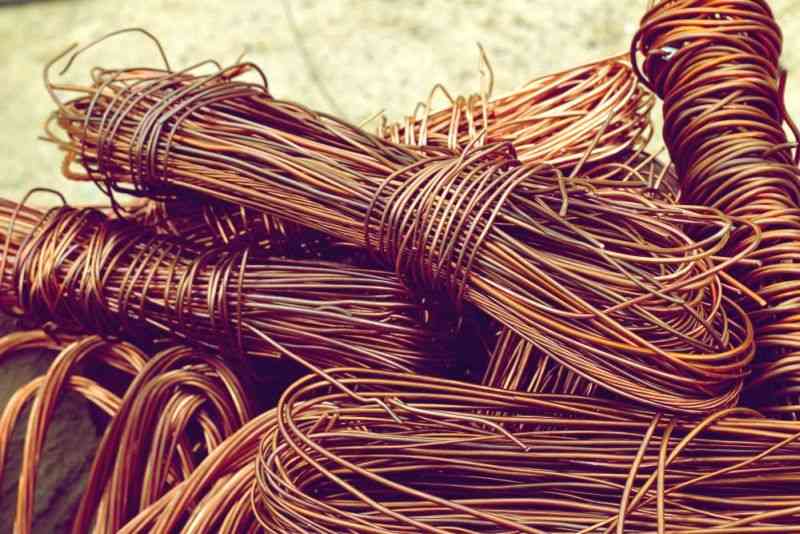
IT is said that when the Khoisan (abathwa) killed a beast the whole clan gathered together at the spot where it fell and they did not leave until they had finished eating all the meat, one or two days after, depending upon the size of the beast or of the group.
The reason is that they had no way of preserving the meat and they had no permanent home to take it to. Babedlela ukuyiqeda ingakonakali.
Not so with the Ndebele. Any food, meat or fruits, acquired in the bush was carried home to be eaten more leisurely and to be processed properly for eating. Some foods, like meat and milk soon go bad and so the Ndebele had ways of preserving it for future use.
Meat was cut into long strips about half a metre long. The strips were called imihwabha or imibengo were then salted rather heavily to keep flies away from laying eggs on it. If the fly’s eggs hatched into maggots within a day or two the meat would rot.
The salted strips were then hung outside in the sun on tree branches or on a string for days until the imihwabha completely dried up. The dried-up strips were then collected and stored in a calabash or a big pot.
Mother would from time to time would bring out the required amount of imihwabha to cook for the family. Imihwabha always accompanied with isitshwala as isitshebo.
They were cooked or roasted (abantu balumele) or they were pounded (igigwe ibe isiphekwa ledobi – which was not originally Nguni) especially for the old people with weak teeth. That way there was always a constant supply of meat.
It was not possible to preserve milk for a long time because it soon curdled within two days. To preserve it for a few days it was processed to amasi.
- Chamisa under fire over US$120K donation
- Mavhunga puts DeMbare into Chibuku quarterfinals
- Pension funds bet on Cabora Bassa oilfields
- Councils defy govt fire tender directive
Keep Reading
Let me explain it culturally: Uchago nxa luvelasengwa luya khethwa kuphume konke okubi loba balusefe ngelembu luthelwe enqayini lulale khona.
Kusasa sekusengulwa ulaza uchago selulihiqa. Seluhlanganiswa uchago loluyana (ihiqa) beseluthelwa eguleni linanyekwe (livalwe) ngelembu loba ngephepha elimanzi emlonyeni bese kubekwa.
Abanye bathi qwa uchago olutsha eqhageni (igula) bengakalivali ukuze amasi angababi. Ngemva kwensuku ezimbili amasi asevuthiwe eguleni.Vula umunge (isikhala) ongaphansi kwegula umlaza untshaze uze uphele. Khuhluzela amasi akho enqayini uwahlanganise.
Asengadliwa.
Ulaza kwakuphekiswa ngalo isitshebo sembhida. Olunengi kwakusenziwa ngalo amagcobo. Lwaluphekwa kakuhle lubiliswe luze luphele ukululuma, lube lusengulwa luze lulunge. Lungephulwa eziko luphole selujiyile.
Lungakajiyisisi luthelwa esiphathelweni esiliqobho elincinyane (iqhaganyana) elithiwa ngumfuma (umfuma yisiphathelo samagcobo, amagcobo lawo liphehla).
Green mealies can be preserved but not in a green state. It is boiled while it is still fresh together with its jacket (amakhasi).
When it is cooked you strip the jacket but leave it still attached at the end. Use the jacket to hang the maize in the sun on a string or pole until the maize is dry after some days.
Store away in a calabash or a pot (earthen) or a basket. To eat it take out the required amount and boil it a bit. It will not taste exactly like green mealies but it is sweet and soft. This form of mealies is called ufutho.
Umhlutshwa is dried imfe (slang: sweet reed). When the imfe is mature you break it up into pieces at the joints. Strip off the hard outer skin. Spread out the amalunga and leave to dry in the sun. When dry, store away and eat at anytime. It tastes sugary-sweet.
Melons can be preserved for as long as a year. A melon is cut into strips (ukusika unkankalu) and the bark of each strip is stripped with a knife.
Seeds poked out with the sharp tip of a knife, the melon strips are hung on a tree or bush fence (esizeni, esihonqweni esibuyeni). When this work is done the whole tree or fence is yellow with melon strips (unkankalu) which is then left to dry.
After a week or two the melon strips are dry and are stored away in containers. The unkankalu is preserved for cooking esijeza (slang: inopi) during the winter. Like umhlutshwa it tastes sugary-sweet.
It was pointed out earlier that you cannot preserve sweet melons and pumpkins. Pumpkins do keep for a while (say two to three months) before they go bad.
Sweet melons do not last a long time before they are eaten. Some people bury the sweet melon in sand by a pool but it must not be in water. The moist and cool sand may preserve the sweet melon for a longer time than normal.
The preserving of dry cereals (sorgum, nyawuthi, uphoko) was explained in an earlier article. After the ukubhula (threshing) is done the grain is stored in granaries, ezilulwini, in big pots or wherever.
A special method of preserving grain and of hiding it from enemies was the making of umncatsha. A big pit was dug in the cowshed or cattle kraal (esibayeni).
Some people smeared the pit with a mixture of cow dung and crushed leaves of a certain tree to ward off white ants. The pit was then filled with grain and carefully covered first with a skin over the grain and then with the cattle manure.
The pit is air-proof and will thus preserve the grain for even well over a year. Umcatsha was the main storage of grain for unforeseen eventualities. Cattle walked about normally in their kraal and no-one suspected that there was grain underneath.
It is clear from the foregoing that the Ndebele method of preserving food was by the process of drying and storing where it would not be exposed to weather conditions. Properly done the food can keep up to two years.










